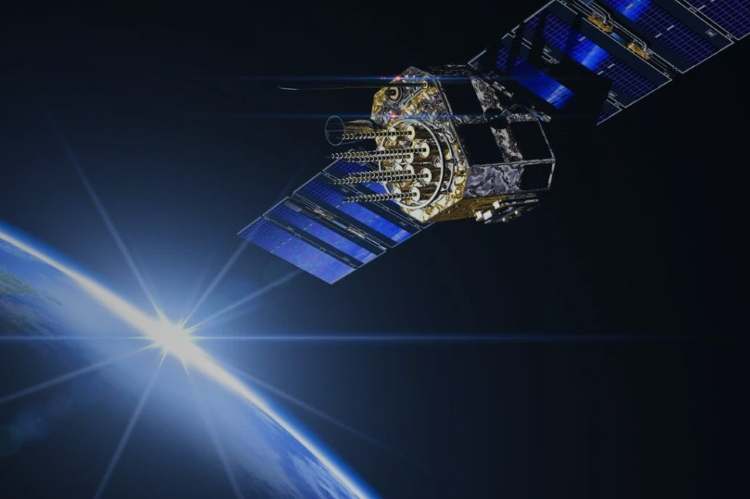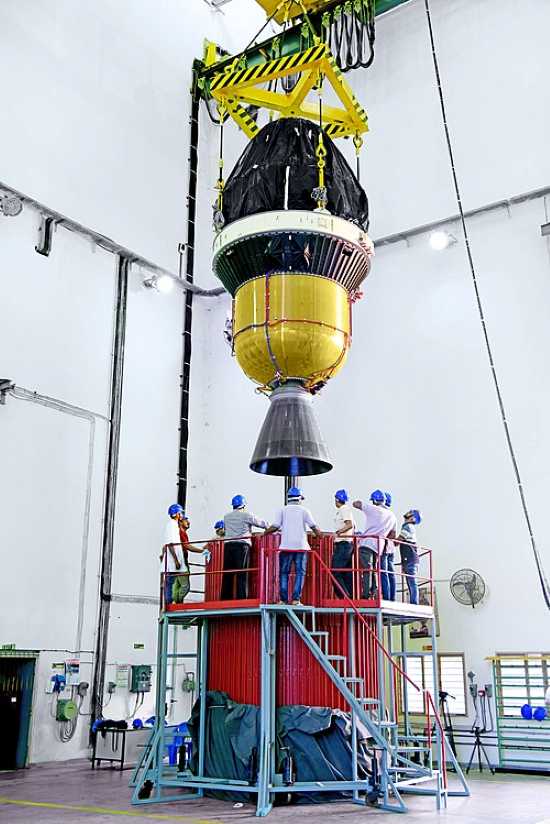
When Chandrayaan-3 soft-landed on the lunar south pole in August last year, New Delhi claimed a chunk of extraterrestrial real estate for scientific inquiry. Less advertised, but no less significant, was the government’s decision the same week to redraft the Space Activities Bill. The new version, now on its way to stakeholder ministries, will give statutory teeth to IN-SPACe—the single-window body that licences and supervises non-government missions—and finally place India’s booming space industry on a firm legal footing. It could not come sooner.
A recent FICCI–EY study pegs the domestic space economy at $8.4 billion today and a 10-year target of $44 billion, or roughly 8% of the global market. Ambition, then, is not lacking; the question is whether law and finance can keep pace with propulsion.
READ I From poverty to precarity: India’s uneven growth story
Legacy is not a strategy
For half a century we have worn our frugal-engineering badge with understandable pride. The Polar Satellite Launch Vehicle, built largely in public workshops, has lofted more than 330 foreign satellites and earned over a billion dollars in hard currency. Yet frugality is an input, not a business model, and the global market is moving from one-off flagship missions to high-frequency launches of small satellites for imagery, navigation and broadband. The lunar landing may have thrilled the nation, but the next tranche of value will descend not from the Moon but from constellations orbiting 600 kilometres above Tuticorin, Seattle and São Paulo.

That shift exposes a legal vacuum. Until Parliament passes the Space Activities Bill, IN-SPACe can grant licences only by executive order. Investors know that a court challenge, or worse, a liability claim under the Outer Space Treaty, could unravel those permissions. No serious bank will finance a launch vehicle when the cap on third-party damage remains undefined. In a sector where a single mission can cost as much as a small airport, regulatory ambiguity is not a philosophical irritant; it is a balance-sheet event.
Risk without cover is speculation
The insurance industry, too, is playing catch-up. Tata AIG introduced an in-orbit third-party liability cover last year, joining New India Assurance in a club that still fits inside a phone booth. The policy excludes the riskiest phase: launch. London underwriters happily pick up that premium, but they charge in dollars and demand collateral. Unless the Centre creates a domestic re-insurance pool—exactly what ISRO recommended after the Antrix–Devas debacle—our celebrated cost advantage will melt into foreign brokerage fees.
Meanwhile, the venture-capital drought remains real. Skyroot’s $27 million Series B round in late 2023 was hailed as a milestone; SpaceX burns that amount every fortnight on R&D. The government’s Rs 1000 crore seed fund is welcome, but India cannot reach a $44 billion valuation on seed capital alone. The Development Finance Corporation that once underwrote steel and fertiliser plants must now lend to solid-fuel factories and rad-hard chip foundries.
States eye space industry pie
If New Delhi’s policy is hesitant, the states have been anything but. Tamil Nadu has promised 25% capital subsidies for firms locating near the planned Kulasekarapattinam spaceport; Gujarat is carving out a 500-acre avionics park; Karnataka hopes to corner half the domestic space market by 2030. This competitive federalism is healthy, provided it does not degenerate into a race to the bottom on tax holidays. The Union government would do well to publish a scorecard of fiscal incentives, lest land deals masquerade as industrial policy.
The good news is that engineering talent is not waiting for the Gazette. Last fortnight, Chennai-based Agnikul test-fired India’s first electric-pump semi-cryogenic engine—a 3-D-printed workhorse that will power the Agnibaan orbital launcher later this year. Skyroot already has one sub-orbital flight under its belt and a clutch of contracts for rideshare launches. These firms are the canaries in our cosmic coal-mine: their survival will tell foreign capital whether India is a serious venue for venture bets or merely a low-cost workshop for foreign primes.
The geopolitics of spectrum and slots
A more subtle threat looms in the ether. Megaconstellations such as Starlink and China’s Guowang are crowding the Ku and Ka bands and filling low-Earth orbits with tens of thousands of satellites. Frequencies and slots, once a commons, are becoming the rare earths of outer space. The department of telecommunications, sensibly, has endorsed administrative rather than auctioned allocation for space-com spectrum, aligning India with international practice. But the rules are still in draft form; should they stall, Indian operators could find the best frequencies taken and the rest contested in court.

Liberalised foreign-investment rules soften some of the blow. Up to 74% automatic FDI is now permitted in satellite manufacture and operation, 49% in launch vehicles, and a full 100% in component supply chains. Such openness, however, comes with responsibility; strategic autonomy cannot rest on imported avionic chips whose export requires a waiver from Washington.
Economics, not heroics, will decide the race
The Air India privatisation taught us that technology without commercial discipline ends in bailout. The same lesson applies in orbit. India must treat space as an infrastructure sector—regulated, tariffed and financed on long-dated paper—rather than a series of prestige projects.
Parliament should pass the Bill in the forthcoming monsoon session, capping operator liability and creating a sovereign backstop to attract private insurers. A “SpaceStack”—open, anonymised satellite data akin to the UPI payments platform—would democratise downstream innovation. And a production-linked incentive for rad-hard semiconductors would close the most dangerous gap in the supply chain.
Beyond the counting house
Space is not a luxury. Precision agriculture now raises yields in rain-fed Vidarbha; flood-mapping saved Kerala an estimated $200 million in 2018; tele-medicine rides satellite links to Ladakh’s remotest hamlets. These are not souvenirs for the science museum but tangible public goods. They justify every rupee the exchequer spends on launch pads and cryogenic engines.
Yet they will endure only if the political class remembers that technology thrives on predictability. Rockets may defy gravity, but investors fear uncertainty. The bill, the insurance market, the venture-capital pipeline—each is a stage of the same mission. If we stumble on any, the others will remain stranded on the launch pad.
The countdown has begun. It is time, as I have written here before, for the Ministry of Finance and the Department of Space to read from the same mission log. Space is too important to be left to star-gazers alone; it is now the province of economists, insurers and legislators. The window to turn a science project into a $44-billion industry will not stay open forever. India must ignite policy engines with the same confidence its scientists show in the control room—or risk watching the future lift off without us.
Dr Ravindranathan P teaches at the department of geopolitics and international relations of Manipal Academy of Higher Education.
